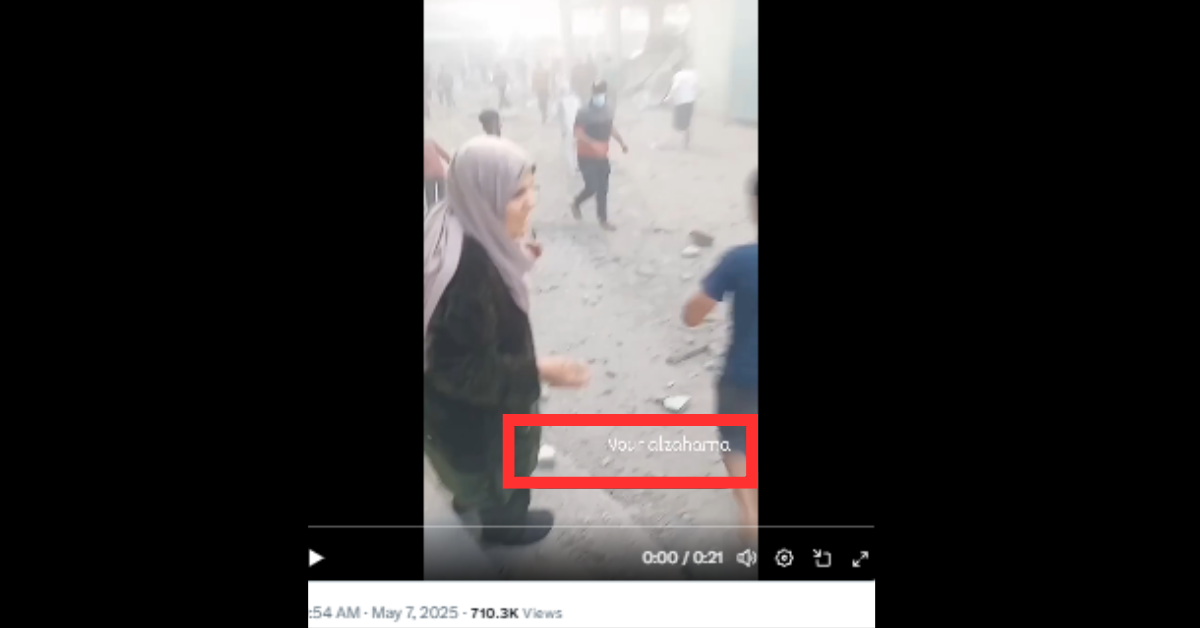On June 27 and 28, 2025, tragedy struck the Swat Valley again. The once tranquil and verdant slopes of the Fizagat and Khwaza Khela have seen catastrophic devastation as a massive flash-flood, triggered by torrential monsoon shower and cloudburst, washed away tourists, families and livestock along the Swat River.
Videos circulating on the social media showed over a dozen of people including children clinging on a piece of land surrounded by water on four sides, as the water started to surge. By the time the rescue operations could be initiated, which are frequently delayed in Pakistan, eleven people lost their lives.
According to the initial reports of the Provincial Disaster Management Authority, dated 28th, there were four children, three women and several men among the eleven killed. The reports also reiterated that three individuals are still missing, with 59 rescued in frantic operations carried out by KP Rescue 1122. Local sources also confirmed the damage of 56 houses, of which 6 were completely destroyed. The flash-flood also killed 13 in the Punjab province, bringing the total to 32 killed in the entire country.
Given that the National Disaster Management Authority (NDMA) had issued warnings days earlier, with many areas being demarcated as red-flagged, riverbanks remained opened for the tourists. Hotels, restaurants and homes that stood tall in illegal proximity to the riverbank operated despite learning from the disasters of 2010, 2020 and 2022 that wrecked havoc to the area. In 2022, the valley witnessed destruction due to massive flooding on the same Swat River, with officials marking ‘red Zones ‘ and promised enforcement. However, this year those red zones became death zones.
The tragedy of the valley due to massive flash-floods is emblematic of a larger crises that unfolds every monsoon in the country. Every year, whether they are agricultural crops of Sindh engulfed by floodwater to the port city of Gwadar submerged underwater in Balochistan, Pakistan continues to respond to monsoons as if each flood were a surprise. The rescue operations are always late. While some officials are suspended and promises of Inquiries are made to cover up the failure of governance, the absence of planning, and a dangerous cultural tendency to forget.
The Unready North: When the Rains return
Every year, the plains, hills and valleys of Khyber Pakhtunkhwa witness widespread devastation as floodwaters sweep away everything in their path: schools, homes, roads and even people. These cataclysmic events repeat every year with tragic predictability provoking one to question: What has KP learnt from its long-history of monsoon devastations? The answer, backed by field observations and available data is that while some slight steps had been taken for reactive systems, proactive measures to mitigate monsoon risks are largely absent.
The most recent devastating floods hatched in our minds is that of 2022. According to the reports of the Provincial Disaster Management Authority, over 100,000 homes were completely destroyed and more than 289 people died in that very year, including several children and women. With thousands of acres of farmlands wiped out in districts like Swat, Tank, Charsadda and Dera Ismail Khan, the NDMA’s national damage assessment marked 2022 as one of the most catastrophic years in KPK’s recent history. However, much of the promised reconstruction, reforms and regulations remained unfinished after the floods — existing only on paper.
Rescue 1122’s capacity has improved in parts of Swat and Peshawar. Public awareness campaigns, specifically through local mosques and radios have educated most of the local people in evacuation procedures. However, such campaigns aren’t successful long-term because they are dependent on donor funding which limits their reach and sustainability.
While the Planning Commission recommended relocating communities living within 100 meters of active riverbanks of Swat and Kohistan after 2010 floods, yet many of the same villages were washed away in 2022. Despite warnings issued in the aftermath of the 2010 and 2022 floods, no systematic and concrete steps were taken for anti-encroachment drives. Satellite-based floodplain assessments by the Swiss Humanitarian Aid Unit (SHA/SDC) in 2022 depicted that many of the destroyed commercial buildings and homes built in river buffer zones were in violation to environmental safety measures. This violation continued in 2024 and again in 2025. While the local authorities often blame local landowners and absence of adequate political support. The reasons are painfully evident: the residents are often poor farmers and laborers who build their houses on the same shaky spots due to the unavailability of alternative lands for houses and security. To date, no meaningful relocation policy has been implemented nor have any meaningful compensations been provided to help flood-affected families rebuild their lives on safer ground.
Warnings Sound, but Prevention Falls Silent
One of the few areas KP has shown progress is the early warning system. With collaboration between NDMA, PDMA and the Pakistan Meteorological Department (PMD), a robust flood alert system was streamlined. In 2023, text message alerts were sent to the people living in flood-prone districts of Swat and Kohistan. Provincial Disaster Response Forces were on high alert and boats and tents were pre-positioned in seven districts.However, prevention rather than response exposed vulnerabilities.
The rivers in KPK lack monitoring systems and they rely on basic rainfall forecasts. Punjab ,however, has real-time telemetry on several Indus tributaries. KPK’s most flash-prone rivers like Panjkora and Swat lack advanced river gauges. As a result, when the mudslides of the mid-July, 2023 washed away 30 houses, the NDMA repeatedly warned of hydrological sensors in these areas.
A significant challenge is the ongoing encroachment of lands on riverbanks and floodplains. National Disaster Management Authority’s (NDMA) Monsoon Contingency Plan 2023 had termed the the northern districts of KPK — Swat, Kohistan, Mansehra and Dir — as flood-prone zones owing to their topography, deforestation and glacial melts. Despite court orders and government regulations, the construction on the bank of the Swat River continues. This has narrowed the river channel, magnifying the force and destructiveness of the floodwater. In 2022 deluge, the homes and hotels located in Bahrain and Kalam were completely washed away by the high-speed floodwater. As per the post-disasters reports of the Urban Unit, about 40 per cent of the homes that were destroyed in upper Swat were built within 50 meters of the river, directly violating the environmental safety guidelines.
Infrastructure weaknesses continue to plague. The bridges built after the 2022 floods were damaged again in 2023 in Swat and Dir, revealing poor engineering. Temporary embankments constructed in 2023 were washed away by flash floods in 2024. Locals often blame the contractors for using substandard materials and leaving projects incomplete ahead of the monsoon season while contractors complain of lack of funds.
Urban Drainage is also another glaring issue. Even moderate monsoon rains often leave parts of Peshawar submerged for days. The city’s storm-water drains (nullahs) are frequently choked with plastic waste. Despite allocations of budget for urban waste, many storm-water drainage projects in places like Faqirabad, Tehkal, Hayatabad remain uncompleted.
The long road to recovery: education, health and policy gaps
Community-based flood preparedness, which became successful in Nepal and Bangladesh are nearly absent. In many remote districts like Up Dir, elders rely on traditional knowledge and signs like river noise, animal behavior and sudden shifts in temperature to detect floods prior any text message alert are received in their phones. Such indigenous expertise are often side-lined in favour of advance models that fail to account for the on-the-ground rural realities.
Notwithstanding that the mountainous districts of the province are inclined to GLOFs (glacial lake outburst floods), the mountainous districts lack a full-fledged and dedicated GLOF alert system in Kohistan and Upper Chitral. While federal government’s GLOF-II project, which primarily focuses on Gilgit-Baltistan, has some parts of KPK, but the reach is minimal.
Warnings haven’t remained short in KPK. In 2018, NDMA and SUPARCO joined and warned of glacial melt and intensified GLOFs in the northern areas of the province. Local universities like the University of Peshawar’s Disaster Risk Management Centre have published researches urging the policymakers for greater investment in afforestation and slope stabilization, however, bureaucratic will to divert sources towards long-term progress seems lacking.
The lack of climate adaptation Planning further aggravates the problems. Unlike Punjab and Sindh, where climate adaptation planning have been at least drafted, the province hasn’t formulated a climate adaptation roadmap, making the region inclined to excessive rainfall, landslides and glacial lake outburst floods (GLOFs). A recent research by the Climate Analytics and the International Centre for Integrated Mountain Development (ICIMOD) keeps districts like Upper Dir and Chitral amongst the most vulnerable in the Hindu Kush Himalayan belt. With flash floods and GLOFs becoming common in future years, without proper planning and investment in infrastructure, entire communities remain at risk.
The KPK Education Department’s report submitted to the National Assembly in 2023 pointed out that a staggering number of 1,180 schools were completely damaged in the 2022 floods. However as of 2024, only 430 of these have been reconstructed or repaired. According to Alif Ailaan’s Education Infrastructure Audit, Swat and Dera Ismail Khan have one of the highest proportions of children attending flood-affected schools.
Figures from an another report, compiled by the KPK Education Department state that 142 schools were damaged in 2024, mainly in Upper Dir, Battagram and Swat while many of the schools that were already destroyed due to the tragic and devastating floods of 2022 awaited repairs. In many parts of the province, children continue to study in tents and open-air spaces. Temporary learning centres set-up by UNICEF and local NGOs have filled the gap, but the unavailability of proper infrastructure affects education quality and safety of the children.
Medical preparedness is also deplorable in KPK during floods. In 2024, people in the villages of kohistan and Swat reported of skin infections, diarrhoea and snake bites after the floods. Mobile health teams arrive very late and Basic Health Units (BHUs) lack essential medicines. NDMA’s 2024 directives advised the pre-positioning of the medical supplies but district health officers often complain of funds arriving very late.
A Cycle of Inaction with Deadly Costs
Another joint report by the Asian Development Bank and UNDP in 2023, pointed out that budget for flood resilience in KPK stands at 0.5 per cent of the Annual Development Plan (ADP) which is insufficient to meet basic infrastructural upgrades. Despite the availability of donor funds, international technical support, implementation in the region remains abysmal. A monitoring report from the Asian Development Bank in 2024, says that KPK has the second-lowest fund utilization rate among the provinces for flood-related projects. Prolonged bureaucratic delays, and lack of interdepartmental coordination between PDMA, local government department, irrigation and communication departments further exacerbates the progress.
Pakistan’s federal agencies have continuously warned that climate change will increase in intensity and monsoon rains would be more extreme in the years ahead, making Khyber Pakhtunkhwa in the midst of both glacial melt and torrential monsoon showers threatening its southern and northern districts. Unfortunately, the province is yet to learn lessons.
The cost of this inaction becomes very disturbing in the long-run. Economically, trillions of rupees are lost annually in precious lives, homes, livestock, and crops. Psychologically, the trust towards the state fades away. Socially, several generations of children lose out on education and environmentally, every flood gradually erodes the soil, depletes forest cover, making the future disasters more extreme.
By far, flood mitigation policies in KP remain largely unimplemented. Residents speak of repeated promises, with rescue helicopters arriving when people had already been washed away and officials showing up more for photo opportunities than for decent solutions. Until the policymakers in Peshawar prioritize the development of proper drainage networks, resilient schools, urban planning policies and flood-proof infrastructure, tragedies like that of the Swat River will continue to repeat with deadliest consequences.
The post KPK’s Monsoon Myopia: What KPK hasn’t learnt from Monsoon first appeared on Dissident Voice.This post was originally published on Dissident Voice.

 President Asif Ali Zardari (centre) and Prime Minister Shehbaz Sharif (right) jointly confer baton of field marshal upon Chief of Army Staff Asim Munir on May 22, 2025. IMAGE/Radio Pakistan/
President Asif Ali Zardari (centre) and Prime Minister Shehbaz Sharif (right) jointly confer baton of field marshal upon Chief of Army Staff Asim Munir on May 22, 2025. IMAGE/Radio Pakistan/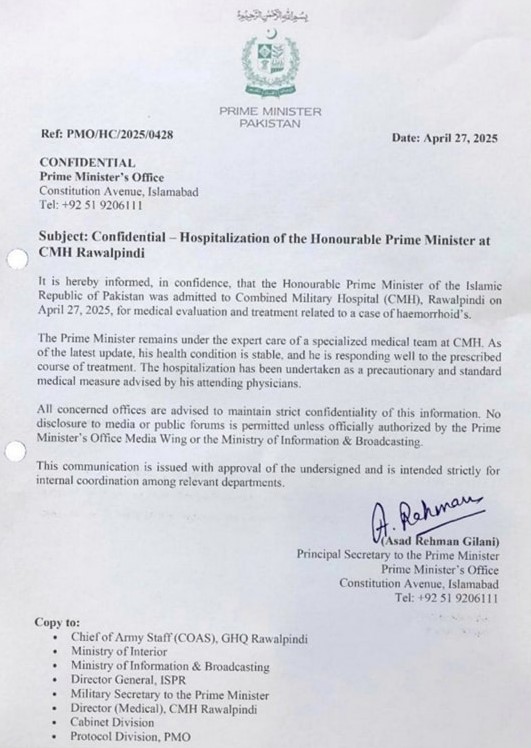
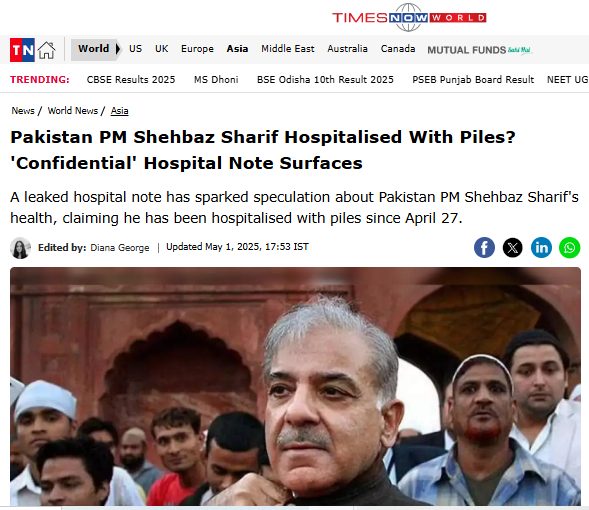
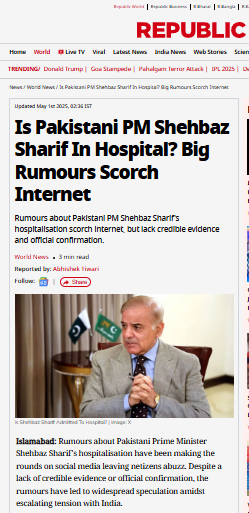

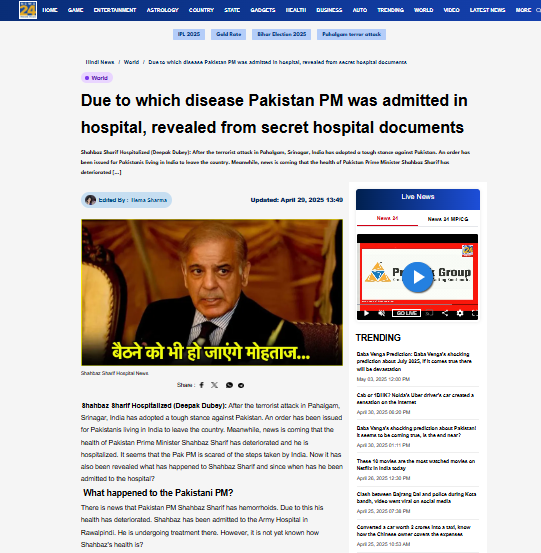
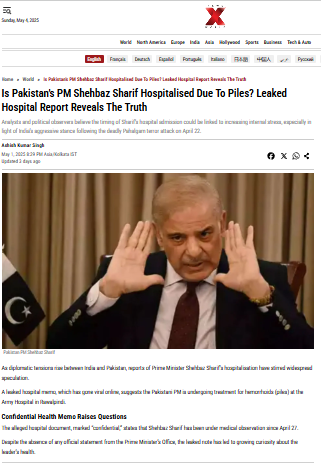


 (@localtak)
(@localtak) 






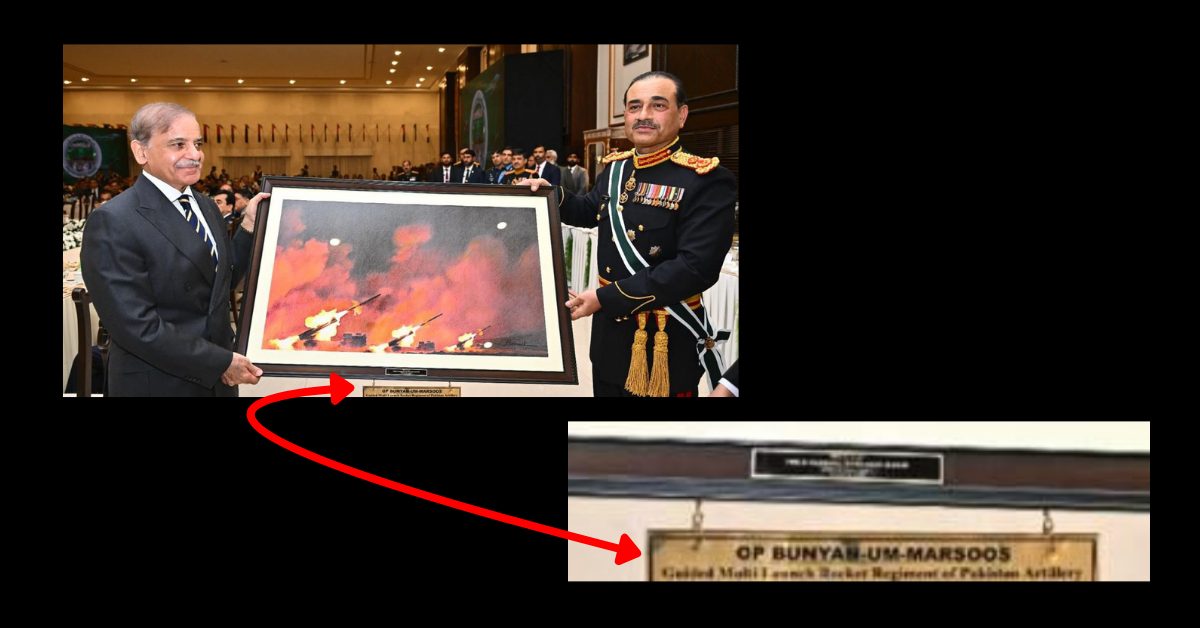
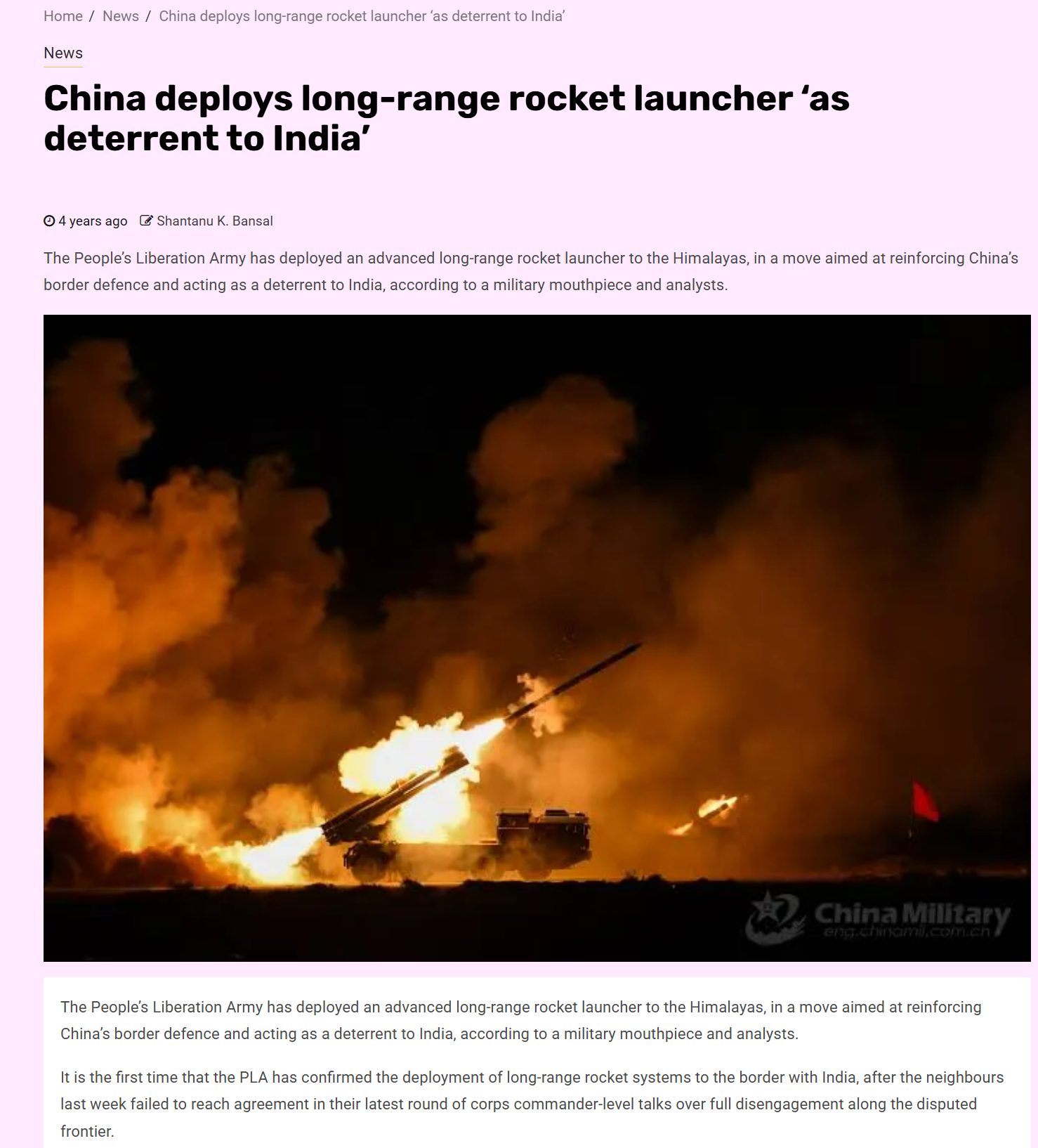
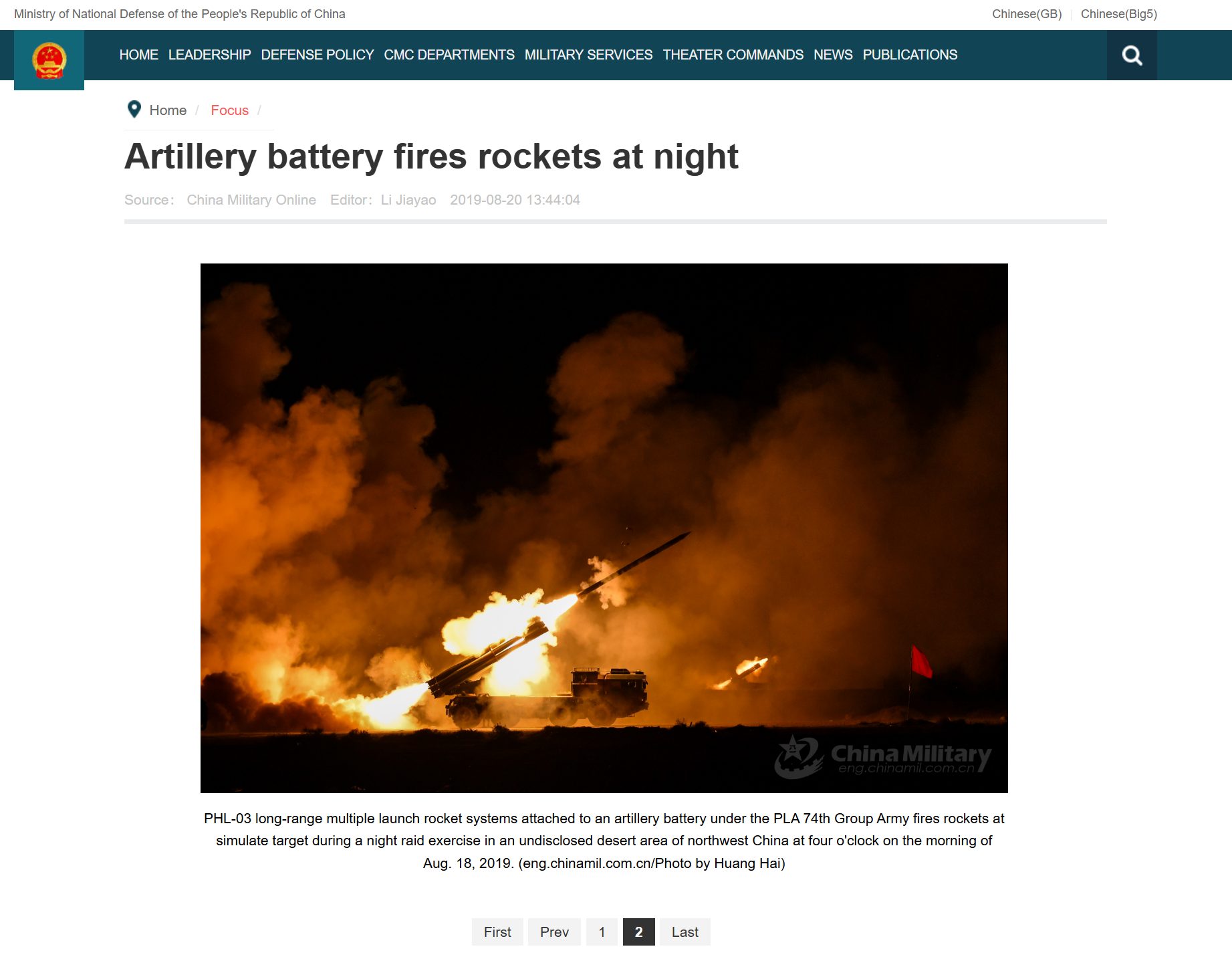
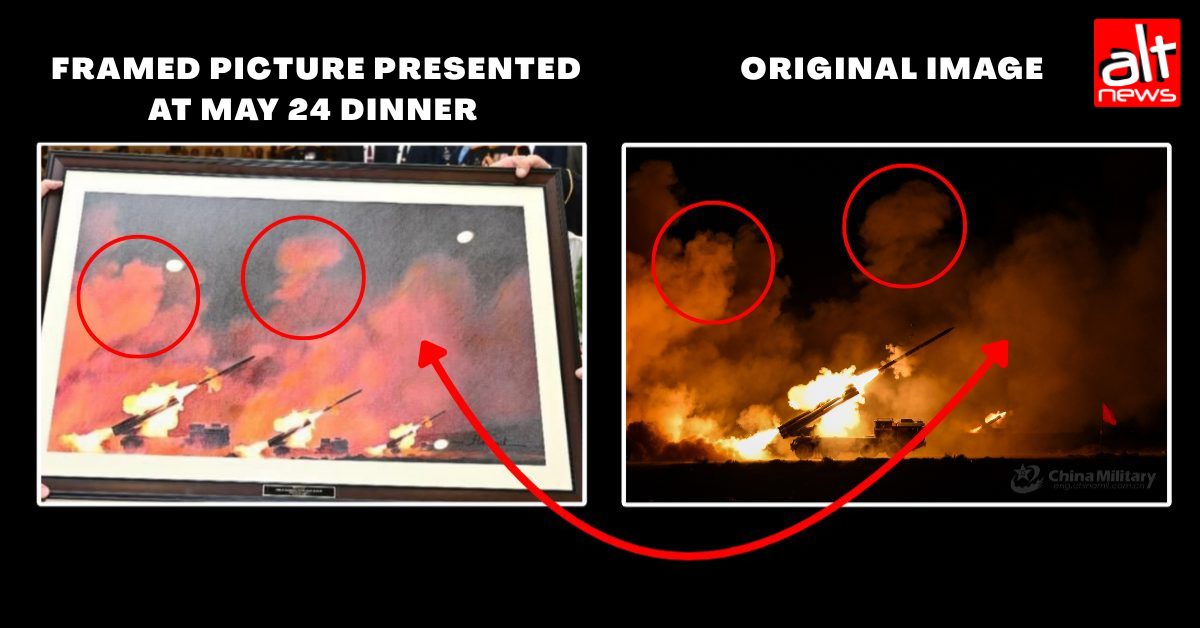
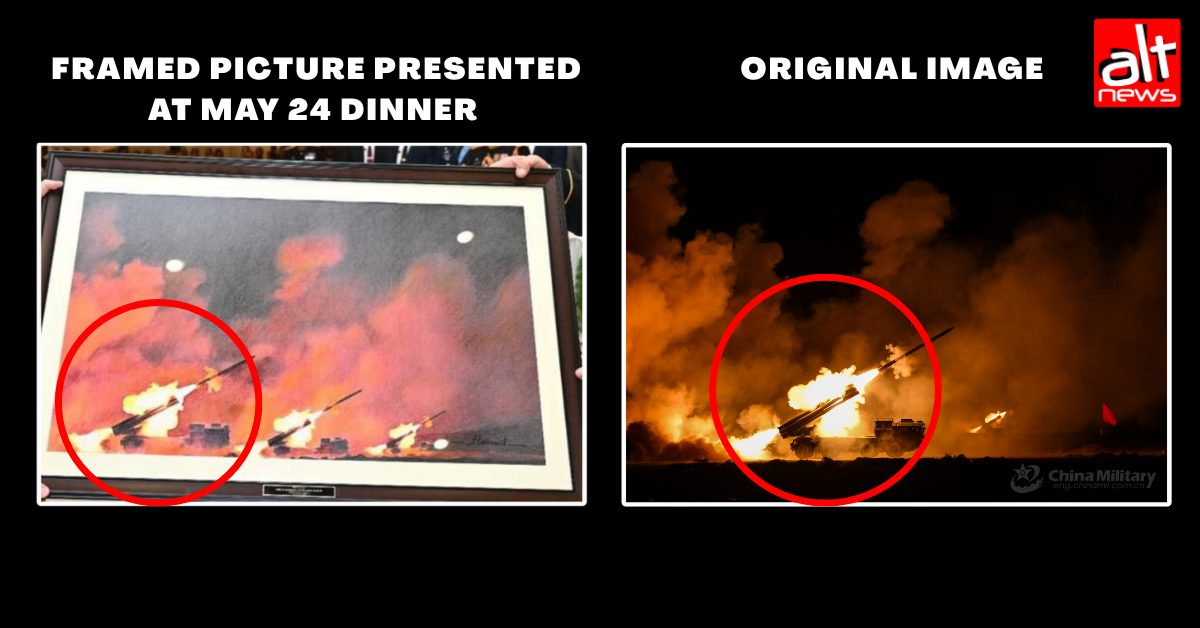
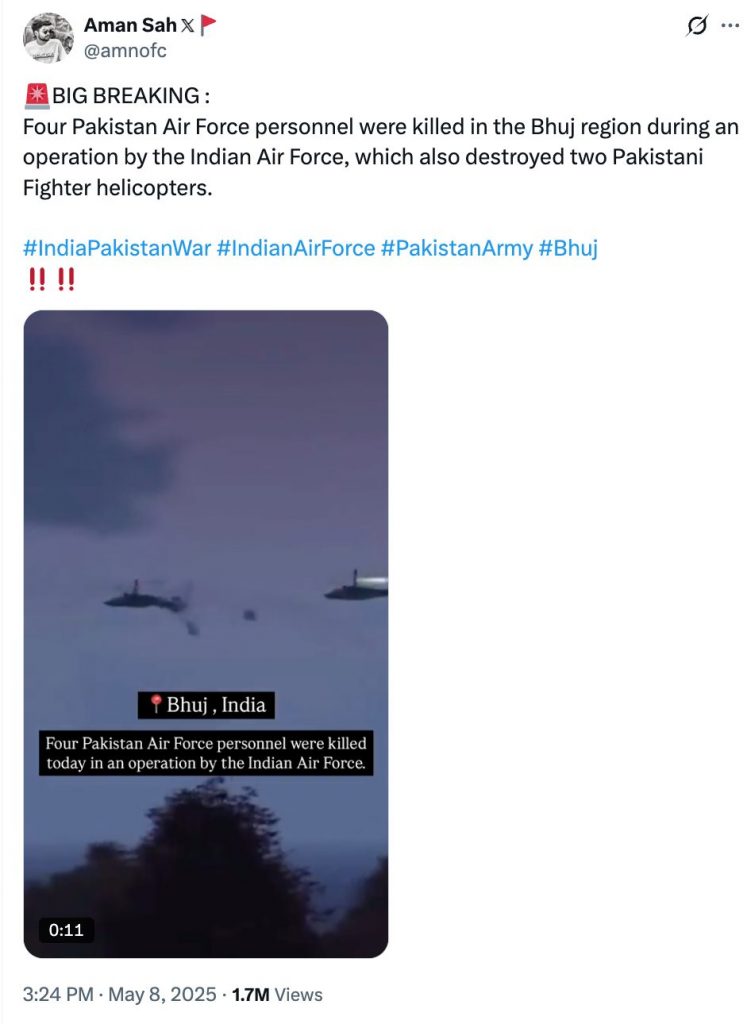
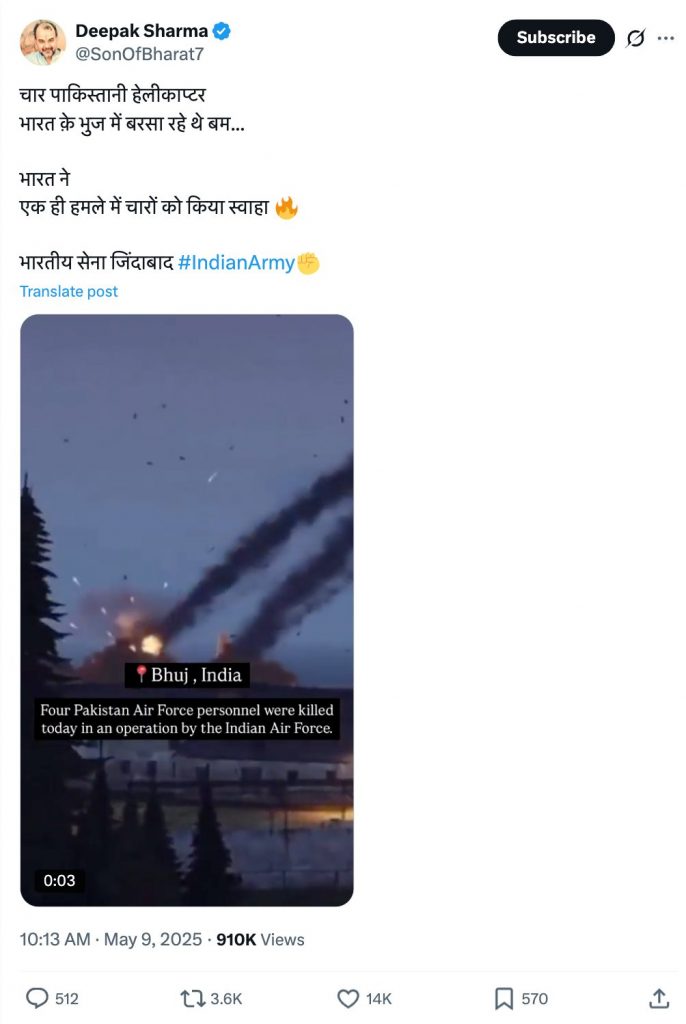
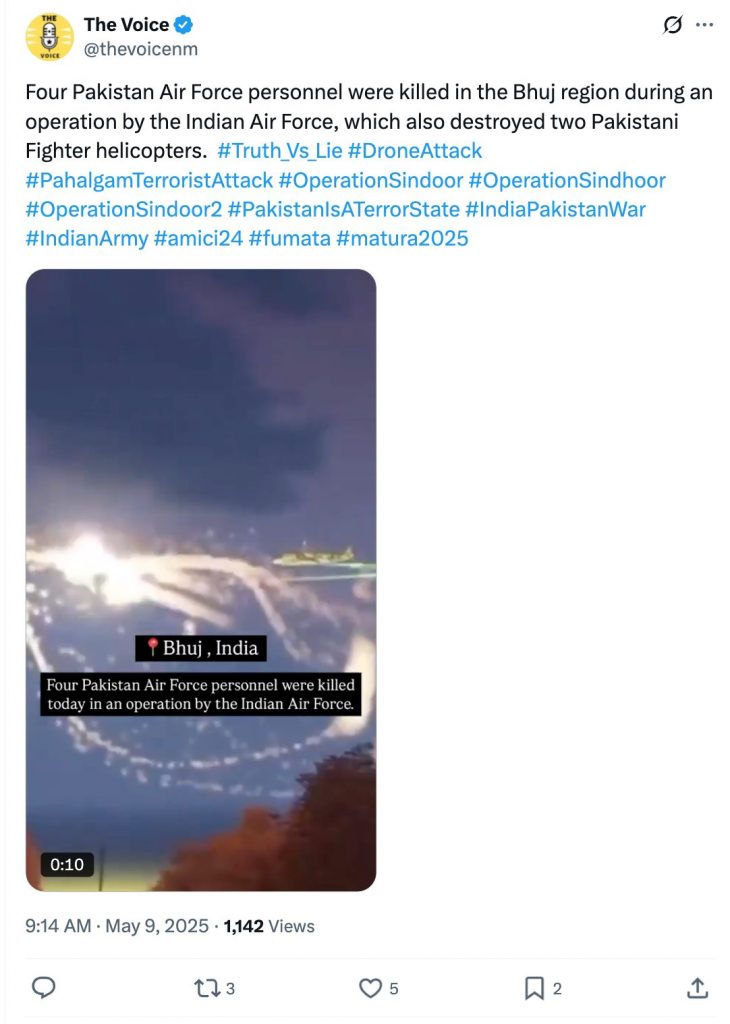
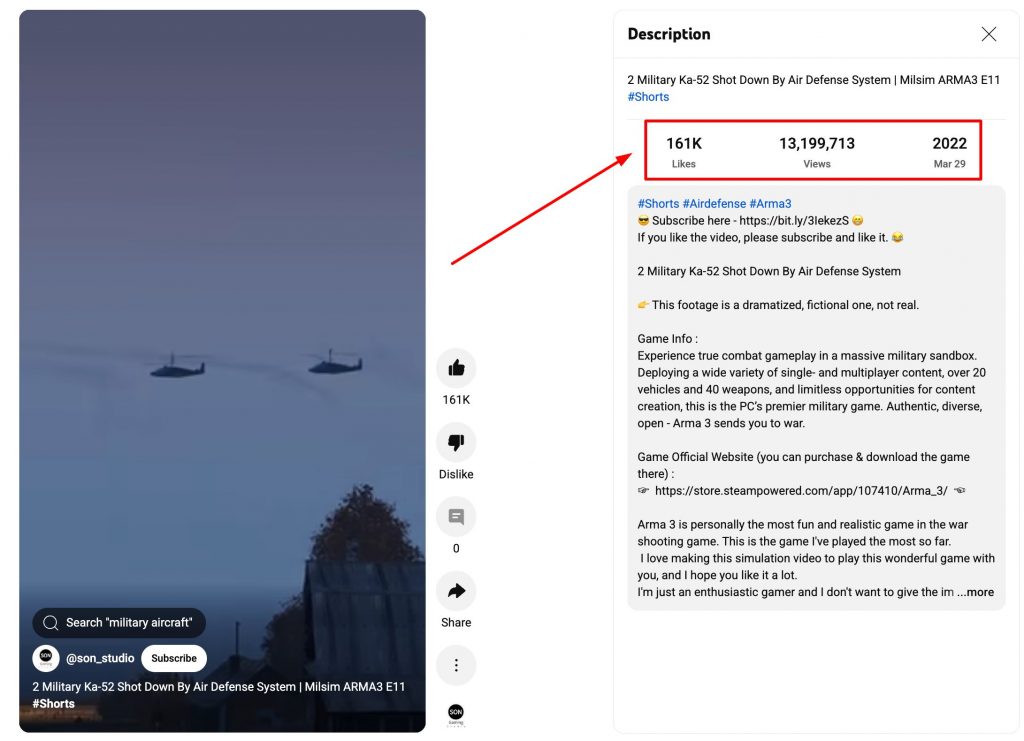
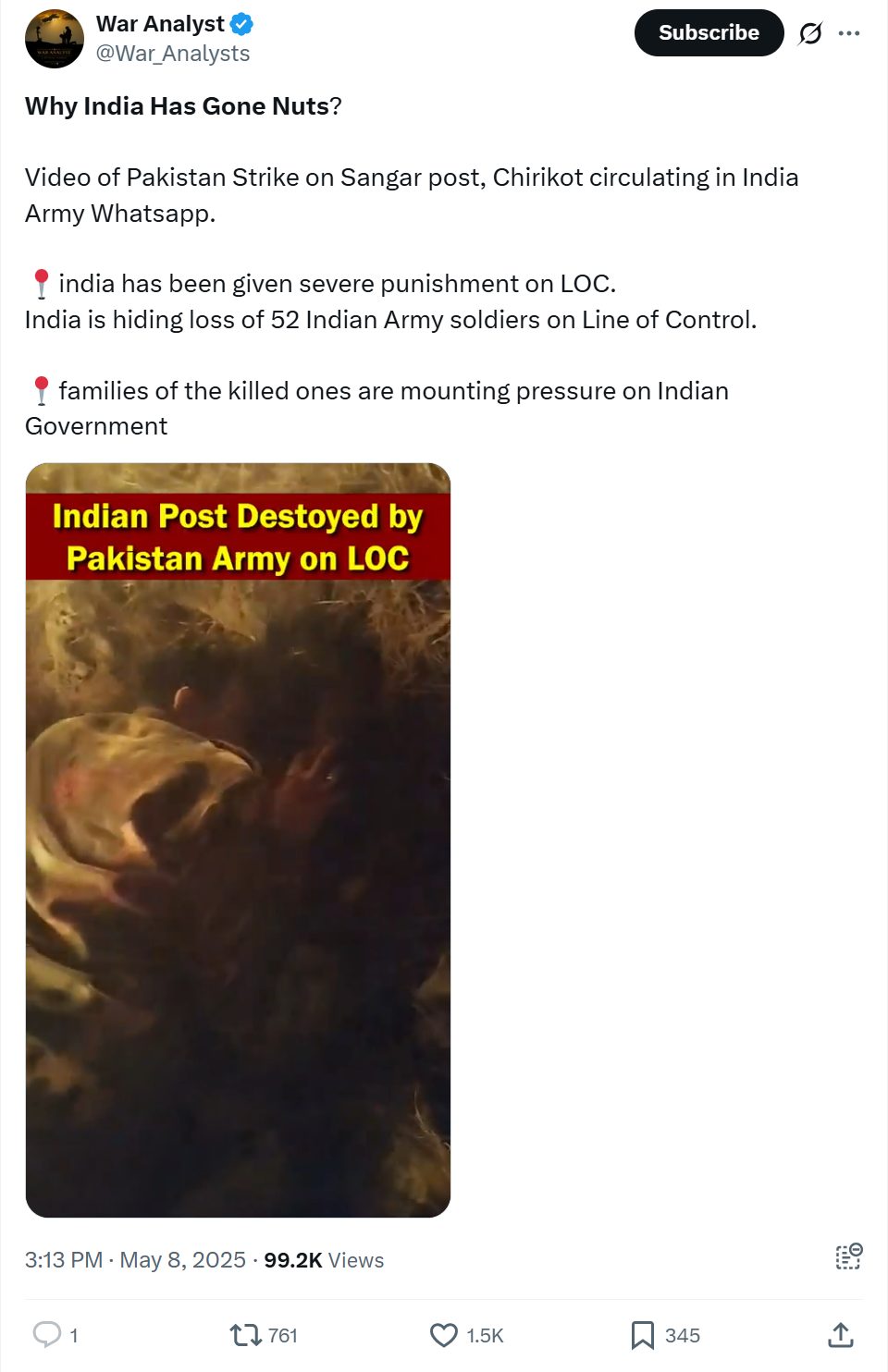
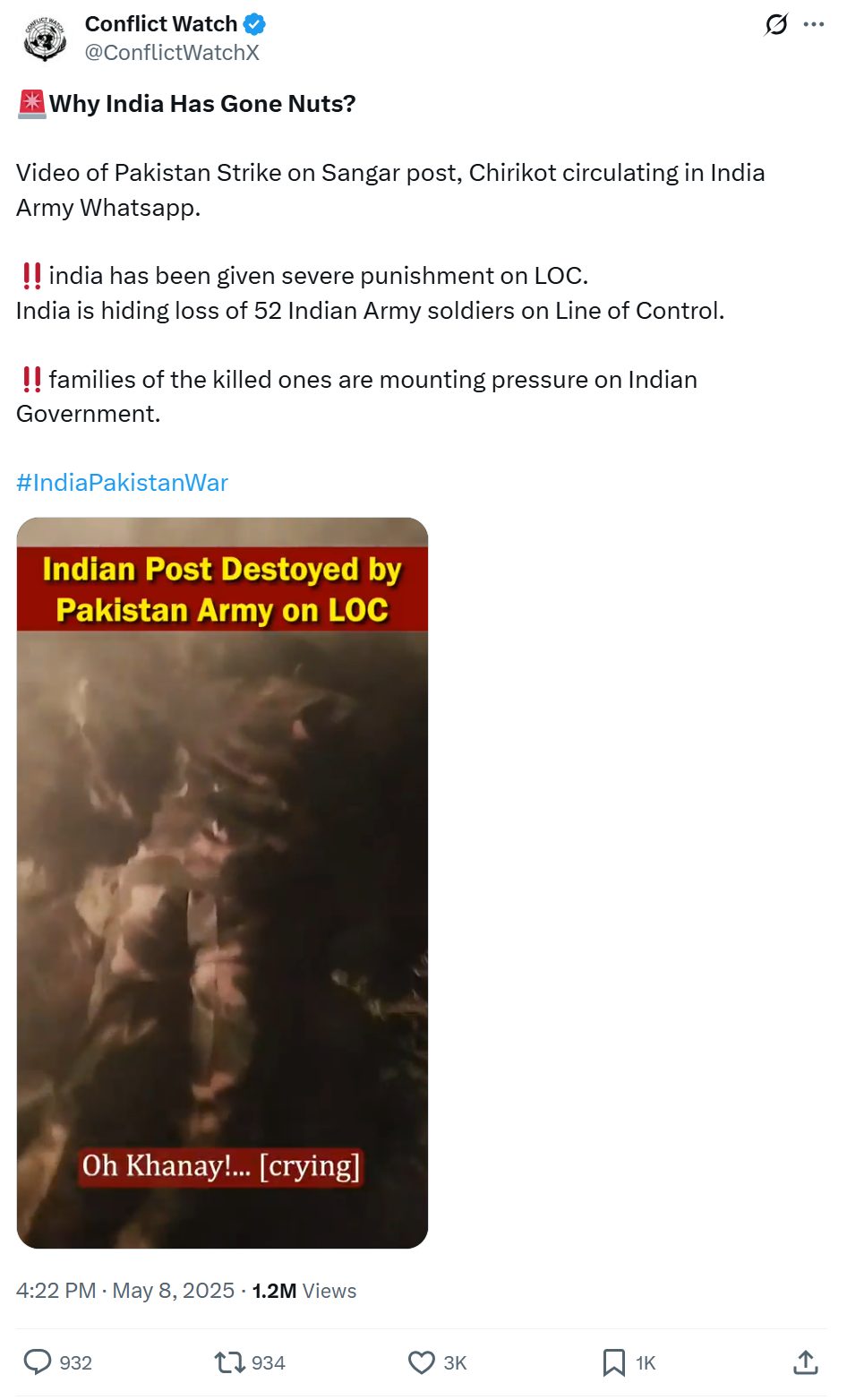

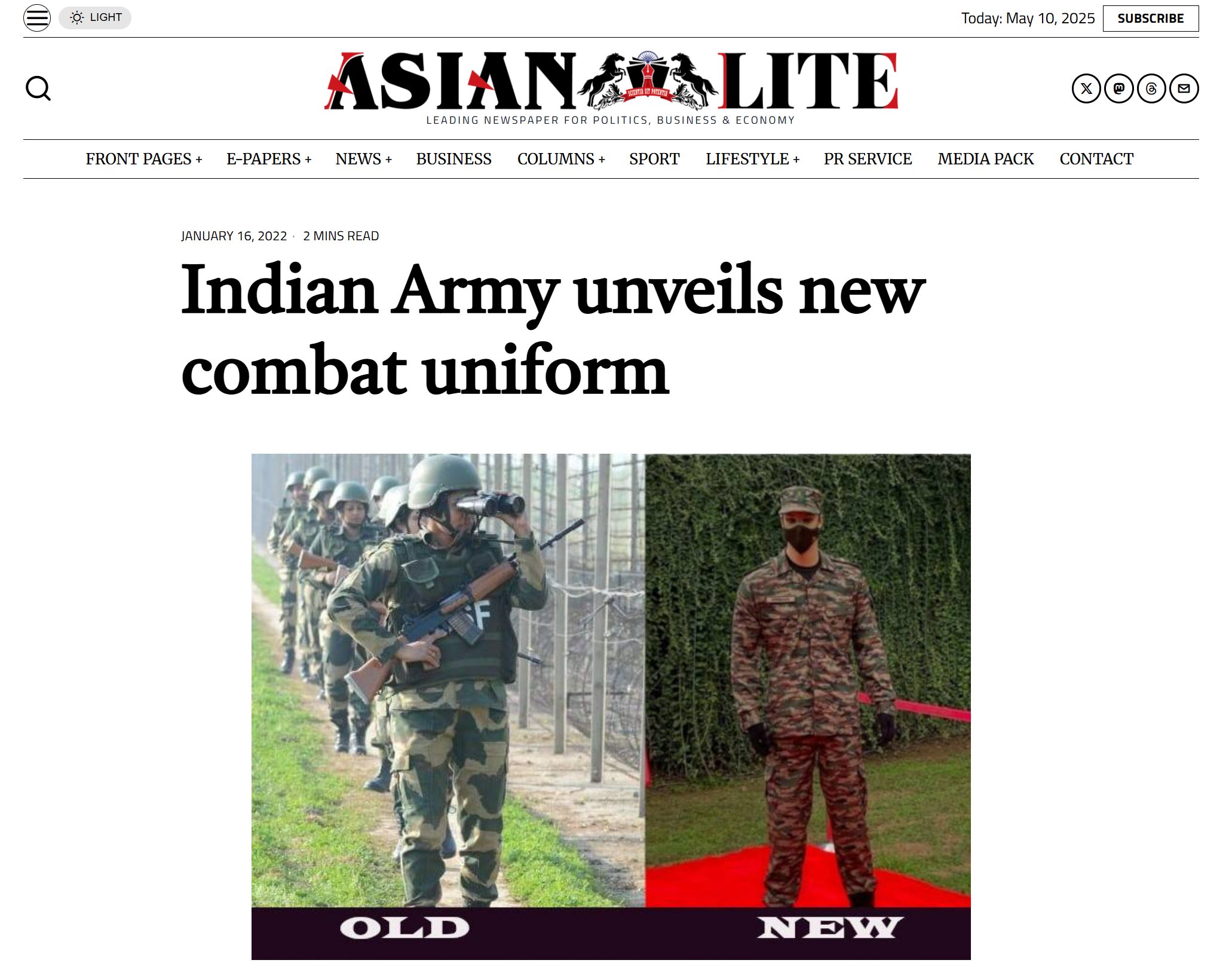
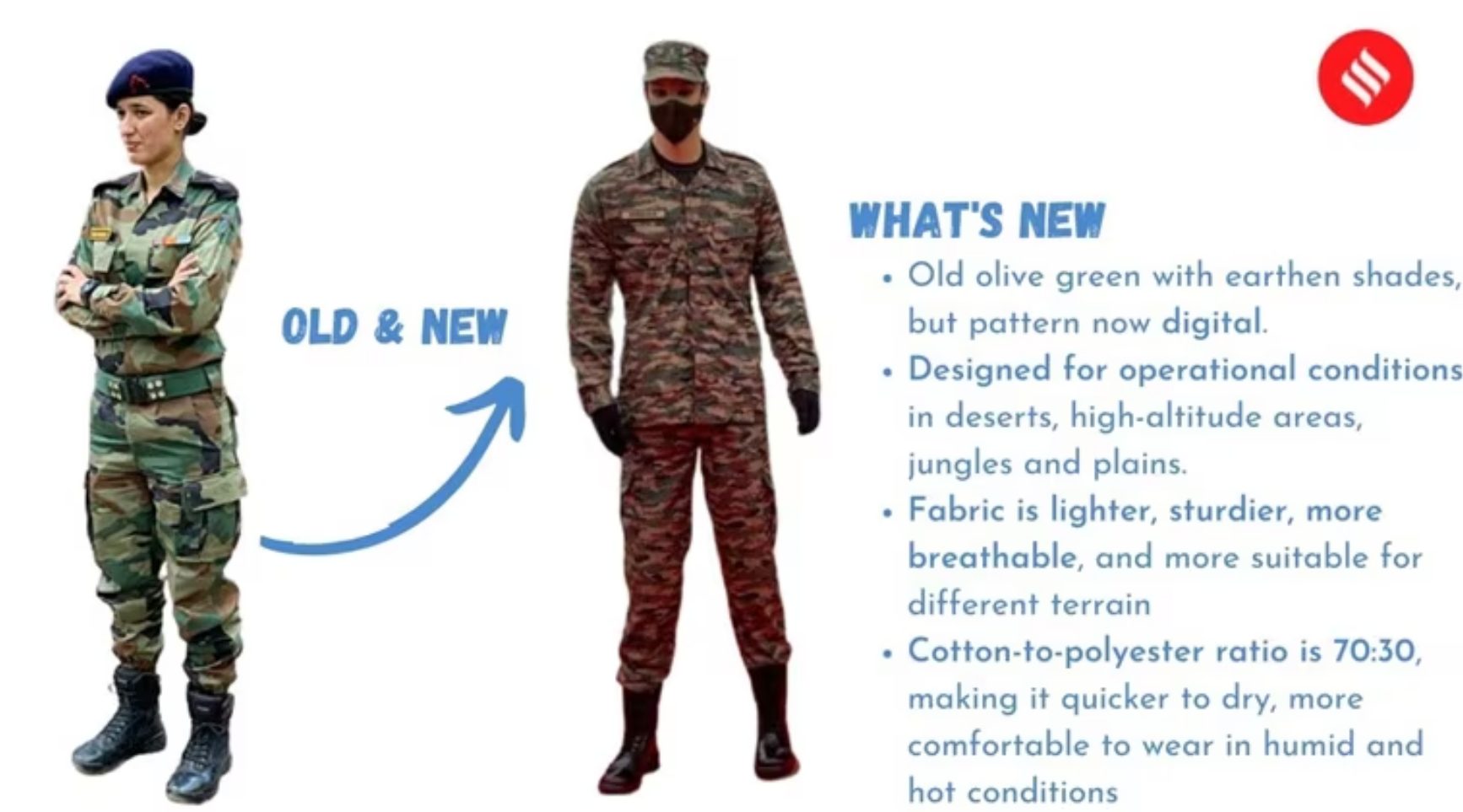

 The claim is completely false, and the video is staged
The claim is completely false, and the video is staged There is no unit called “20 Raj Battalion” in the…
There is no unit called “20 Raj Battalion” in the… 
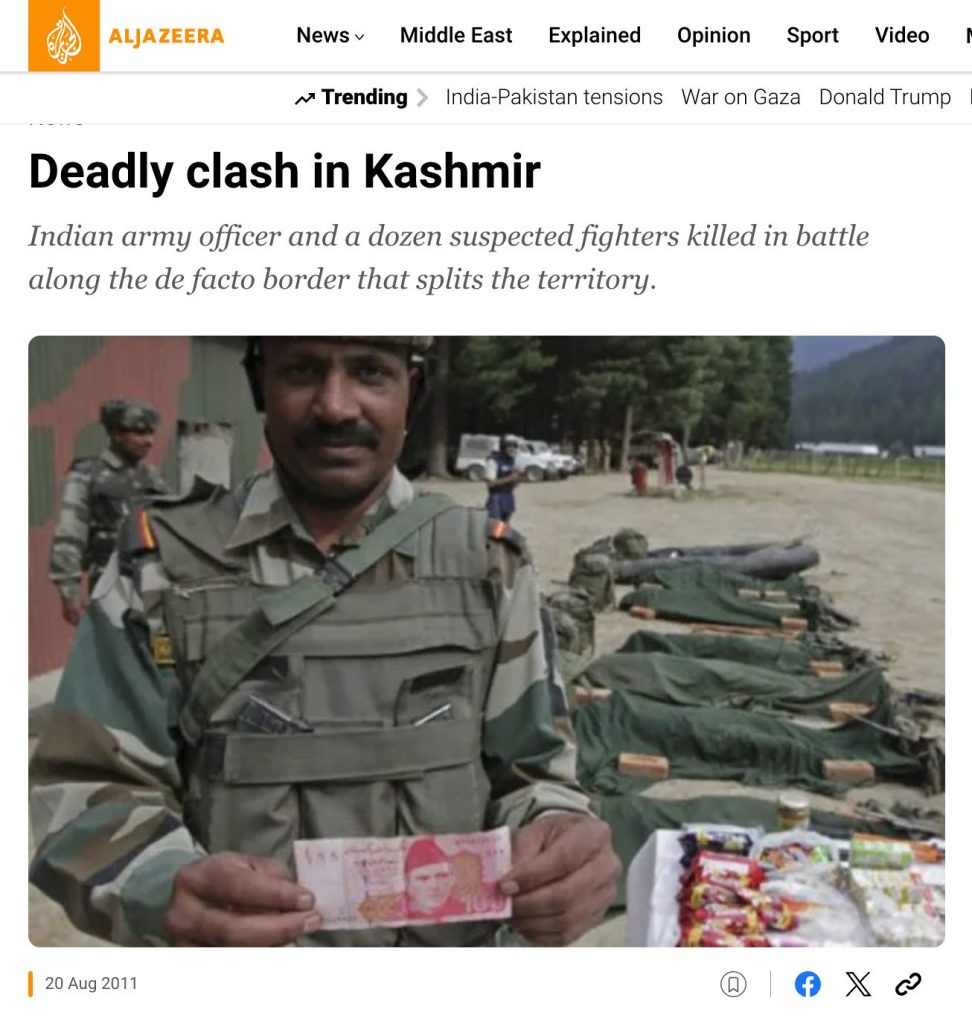
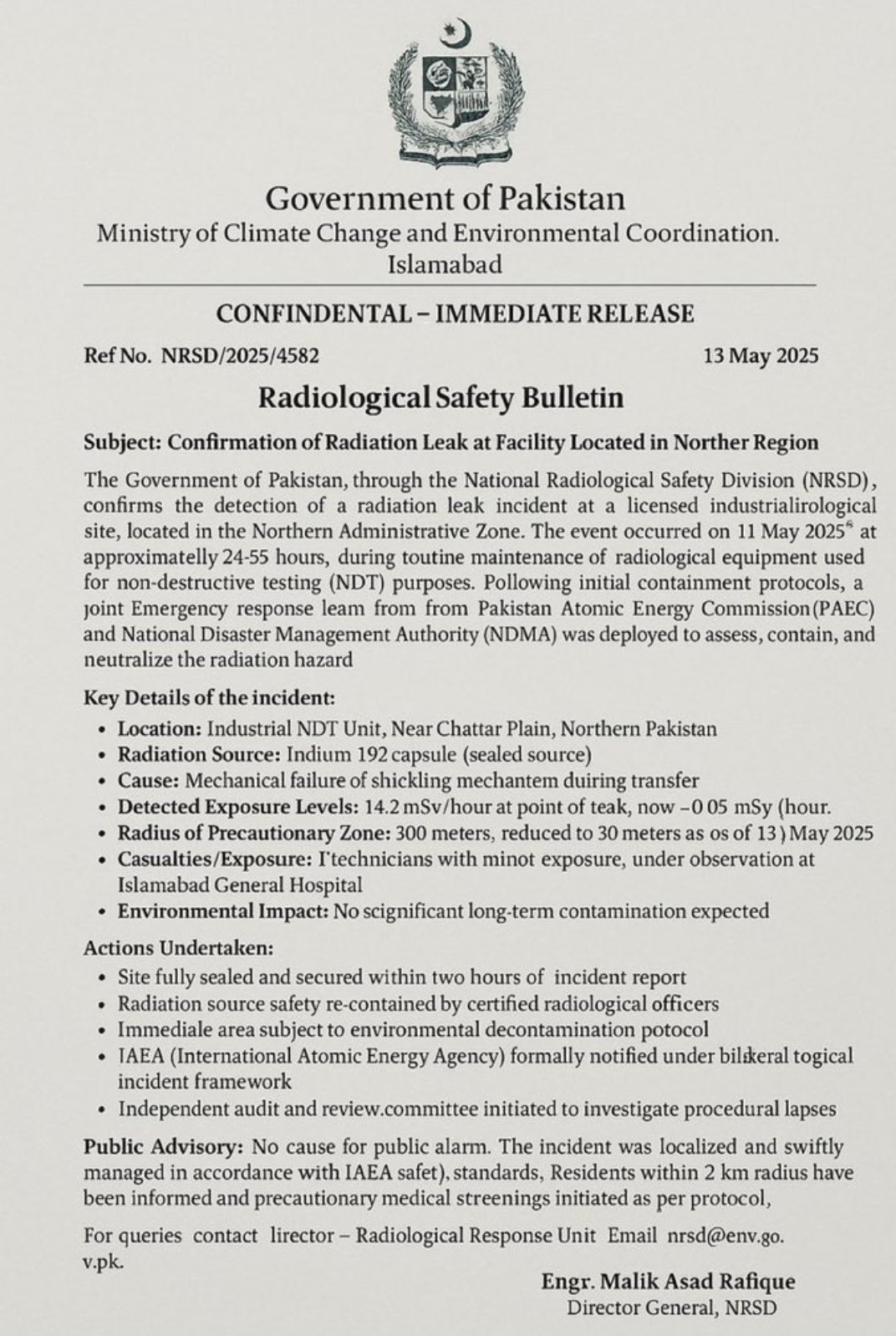

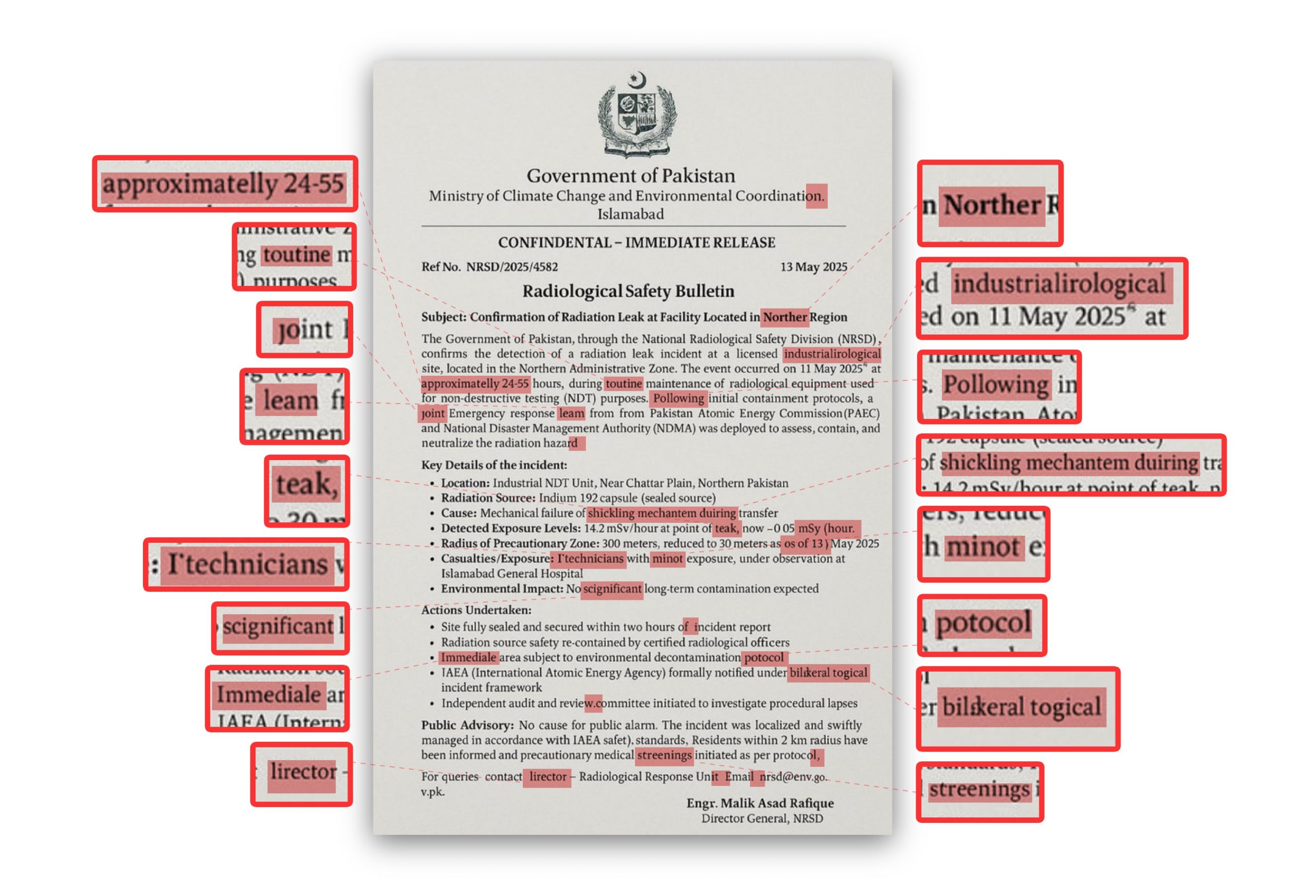


 সকালের চিত্র পাকিস্তানের ভাওয়ালপুর এর
সকালের চিত্র পাকিস্তানের ভাওয়ালপুর এর
